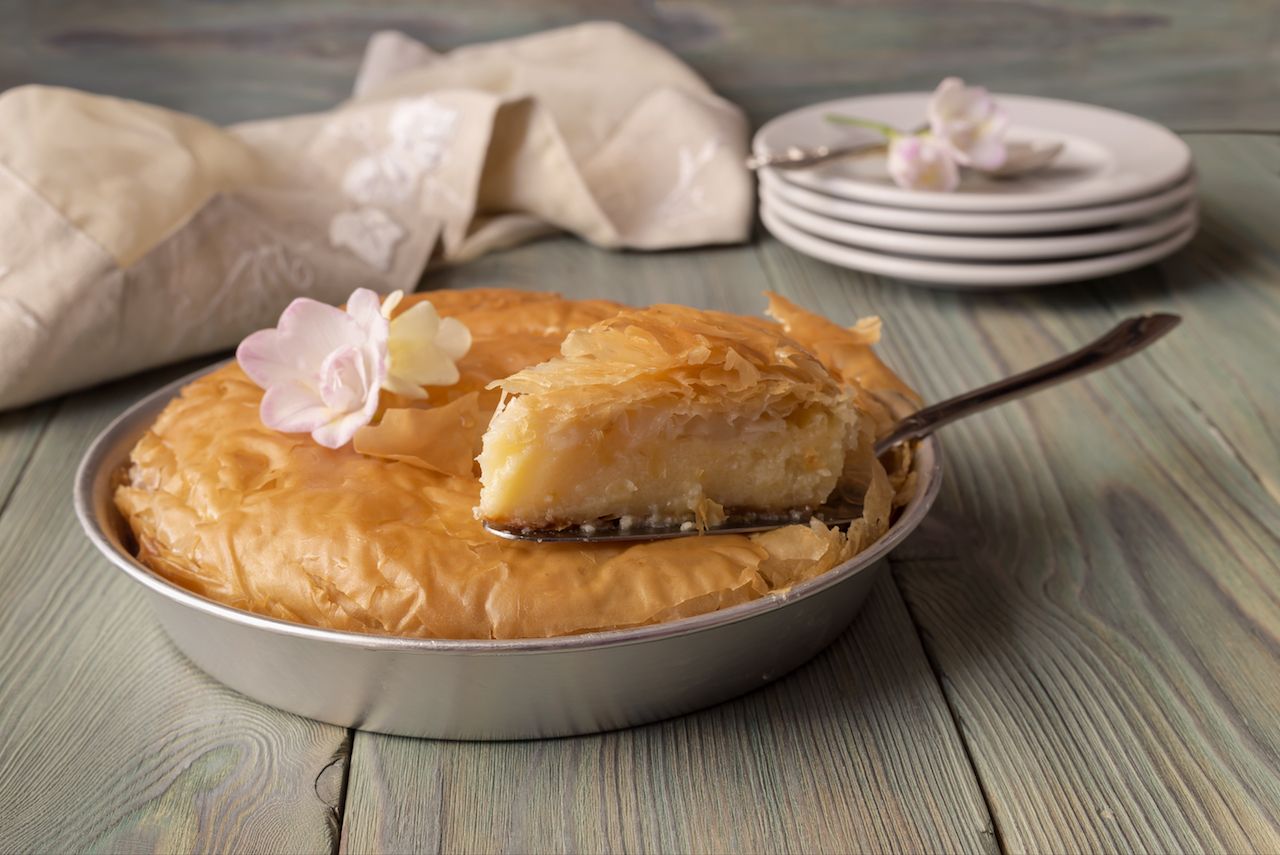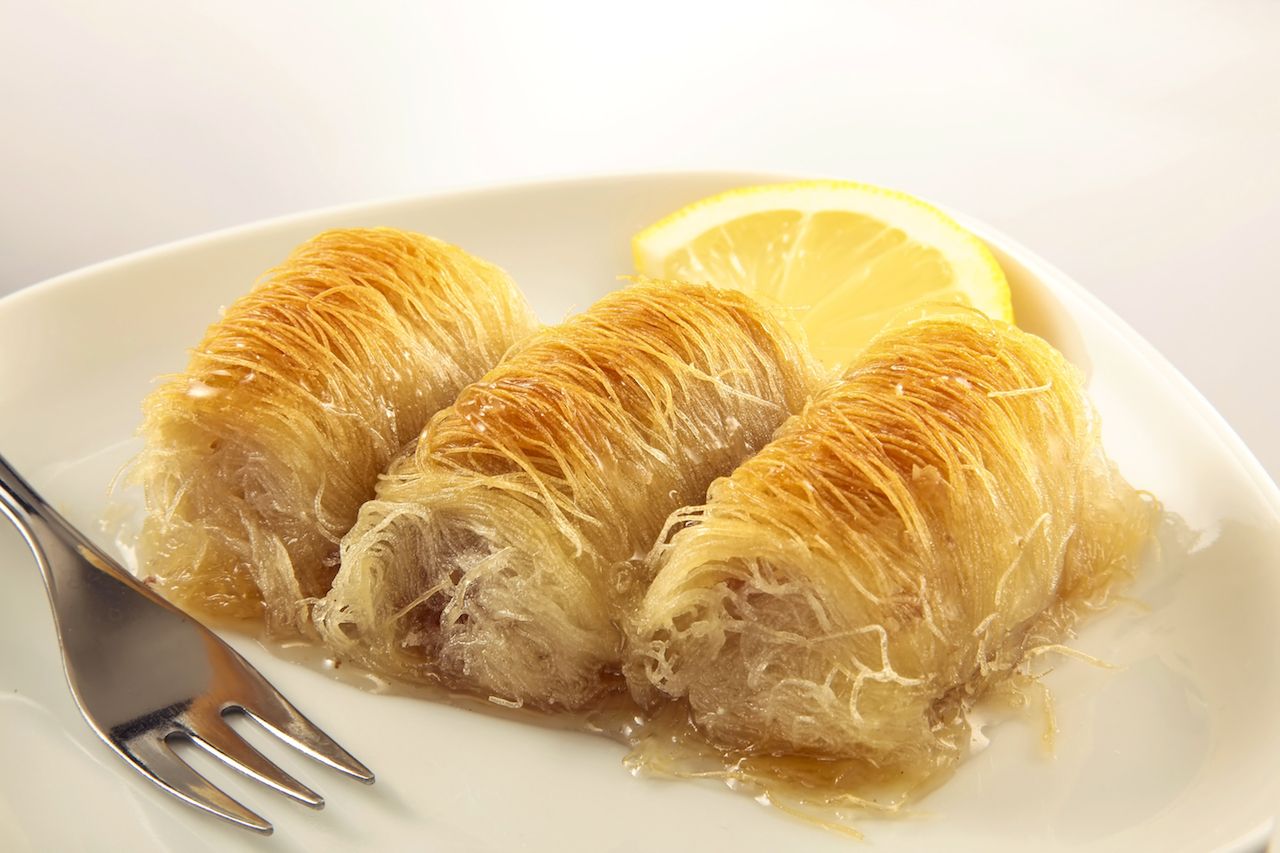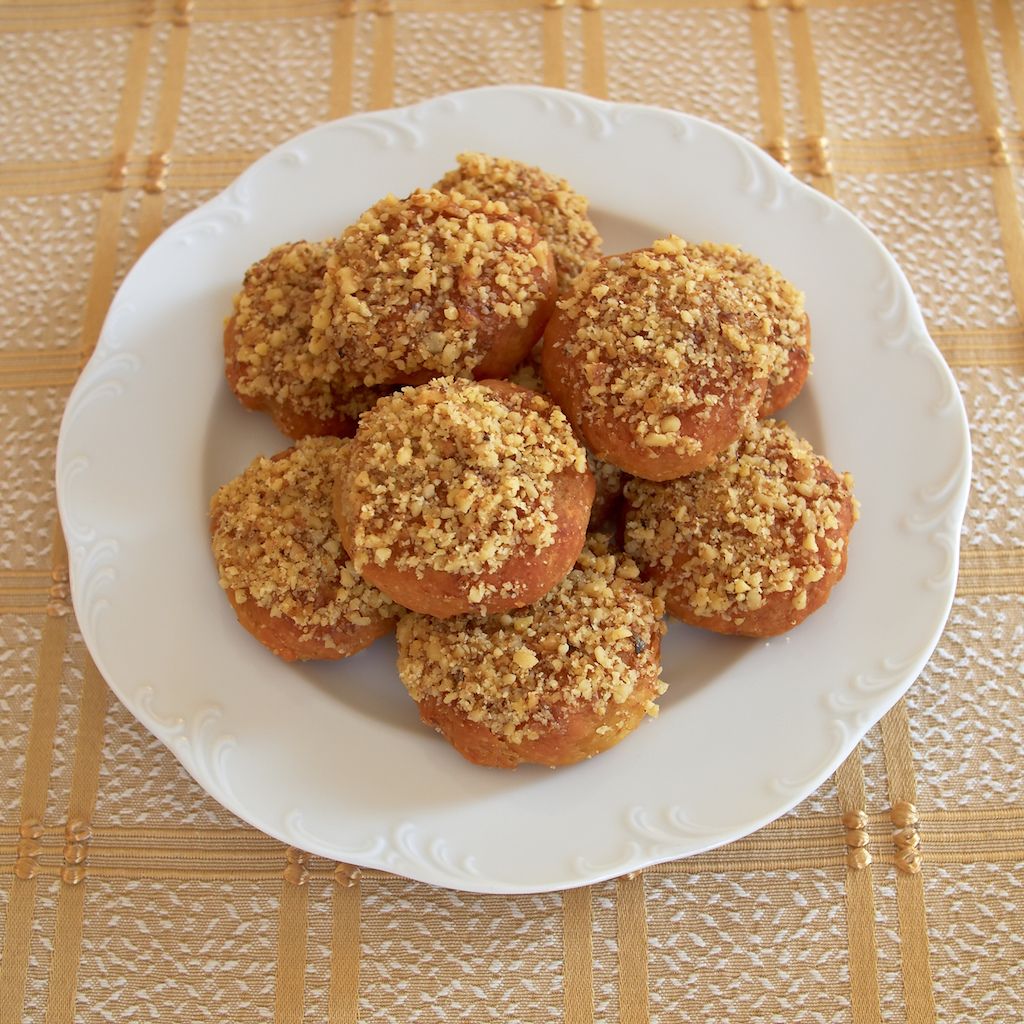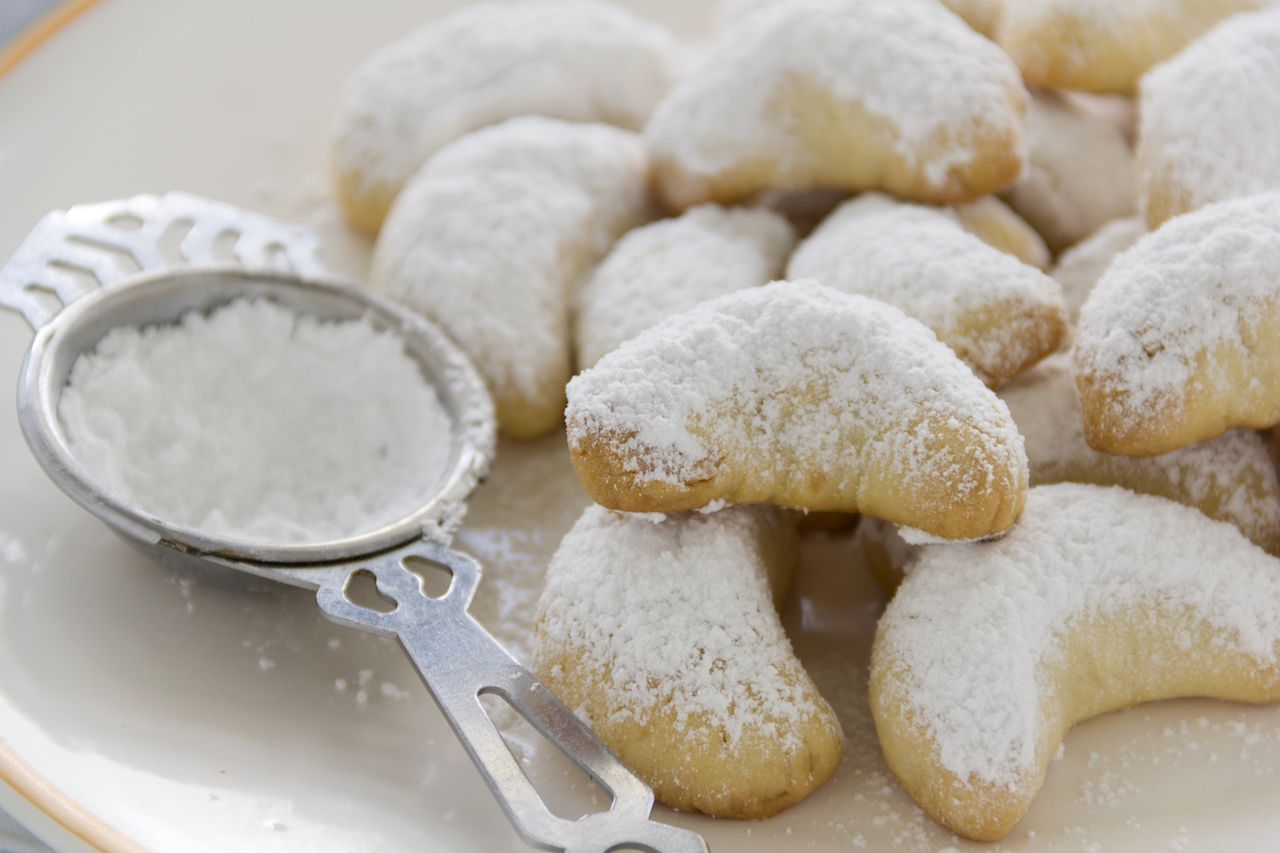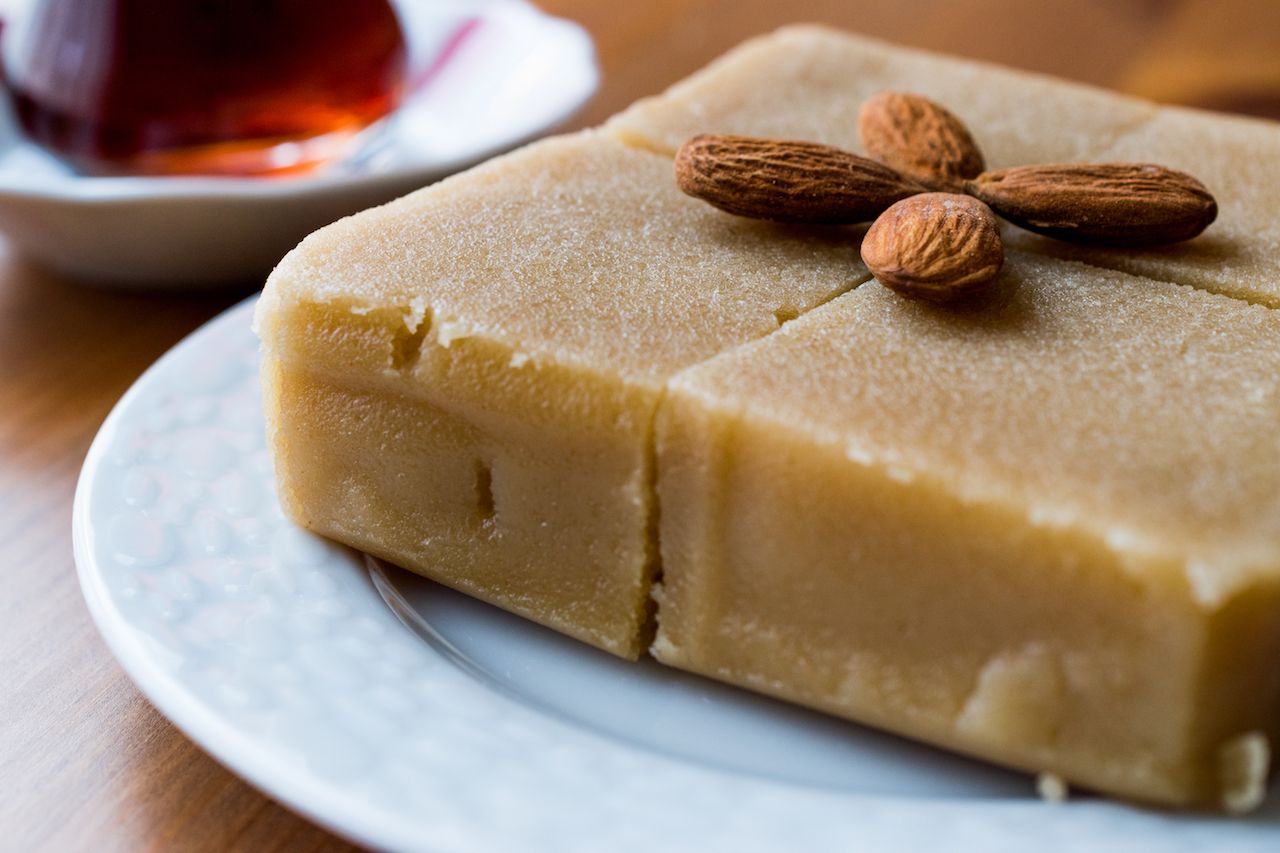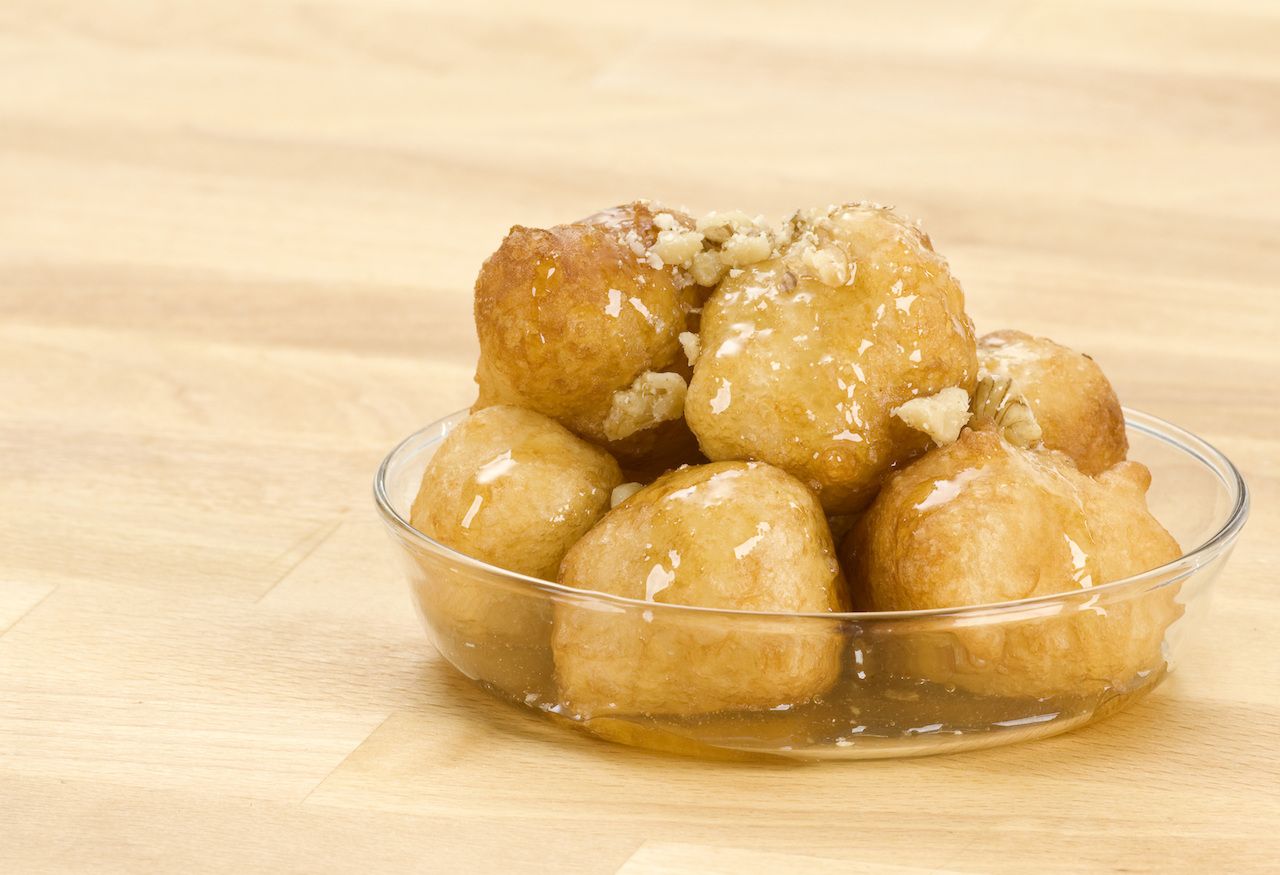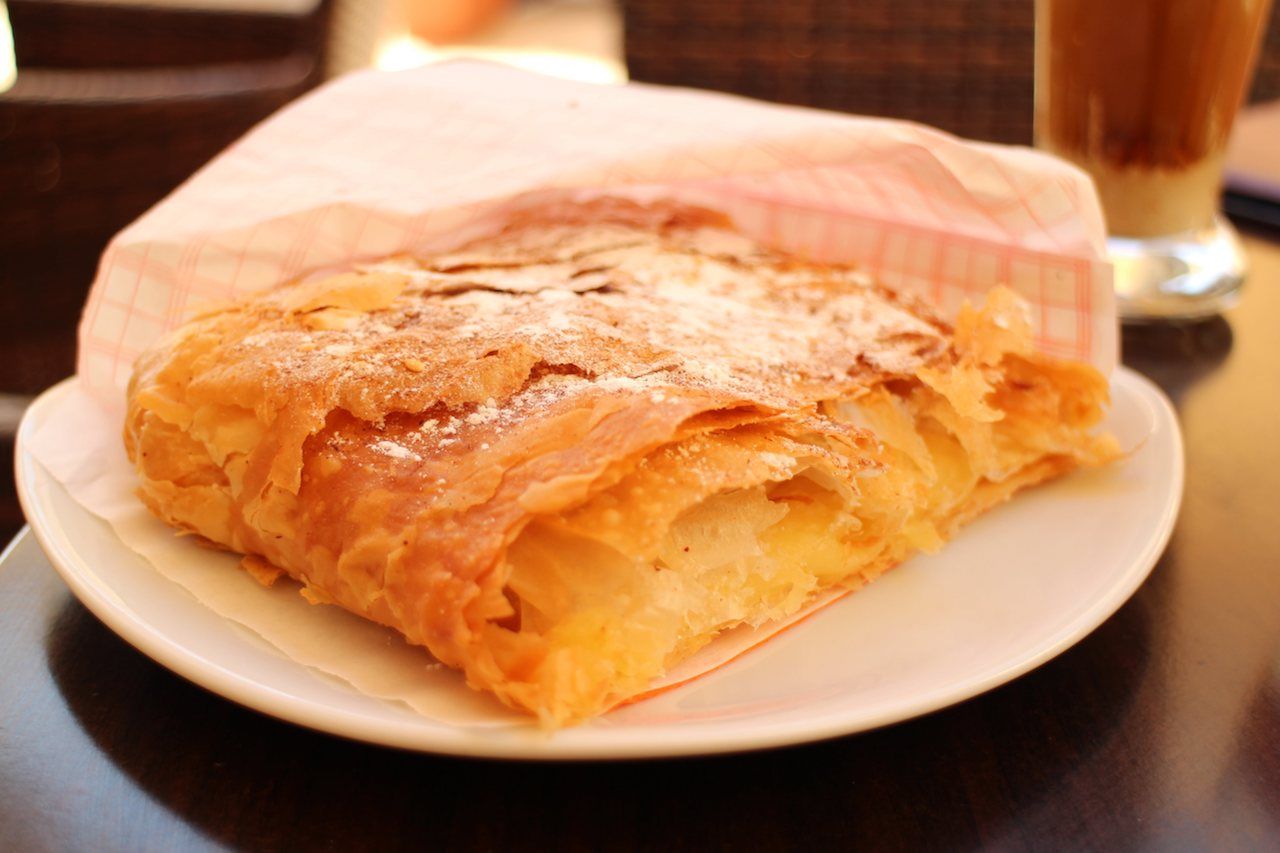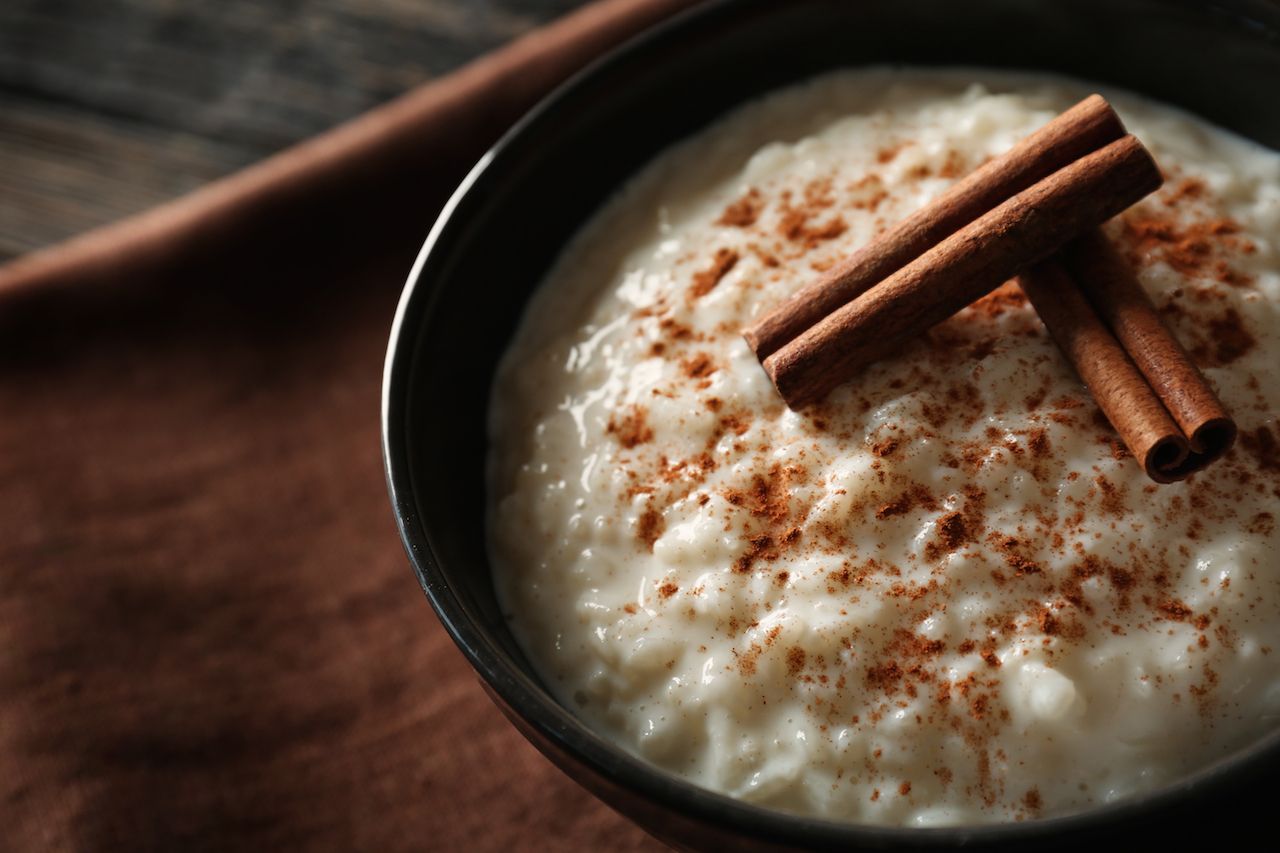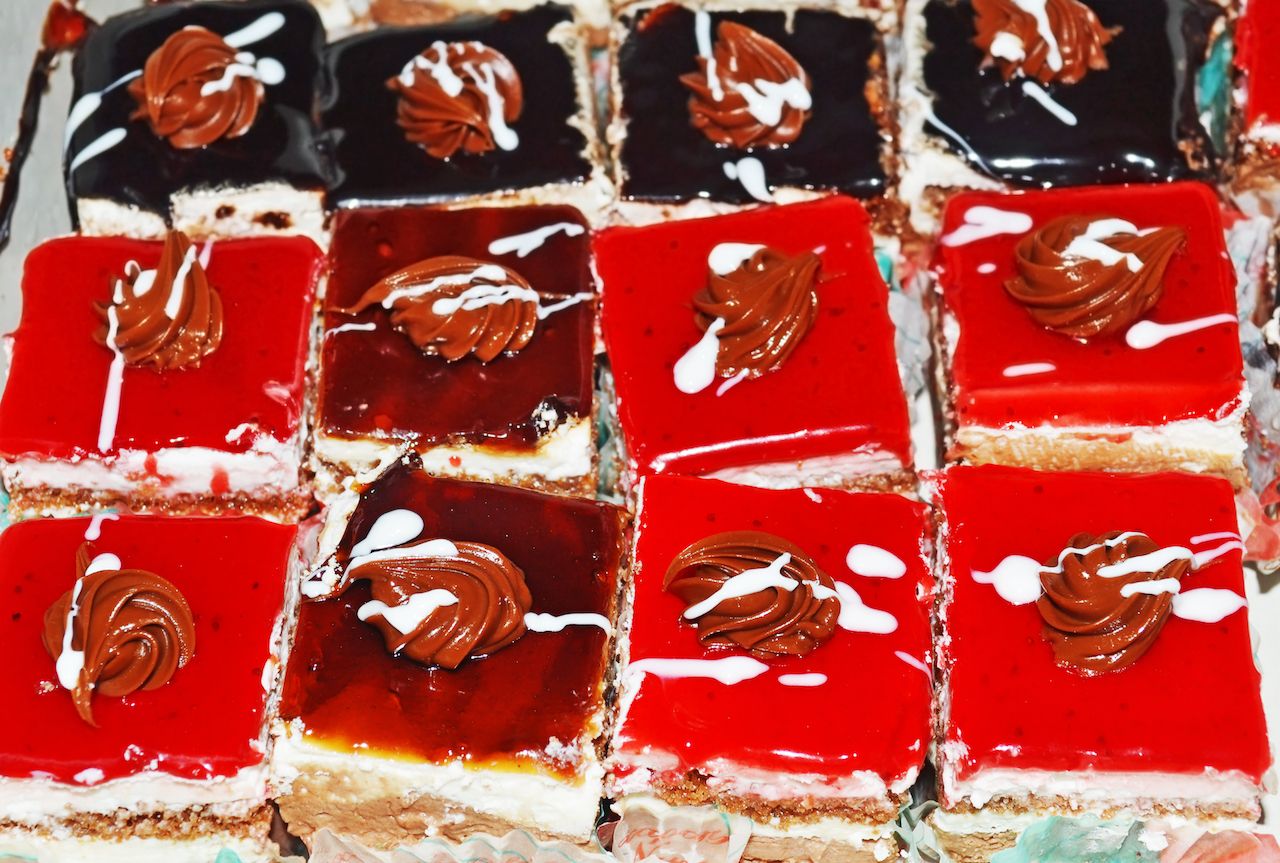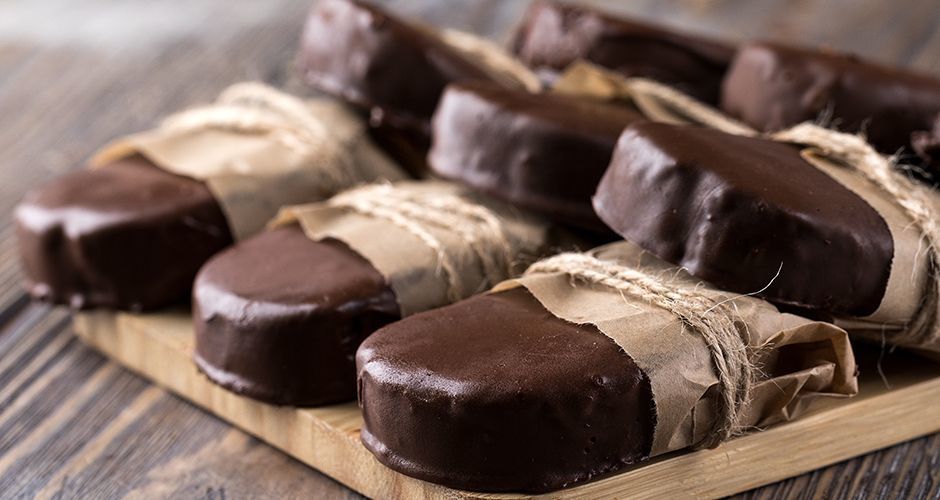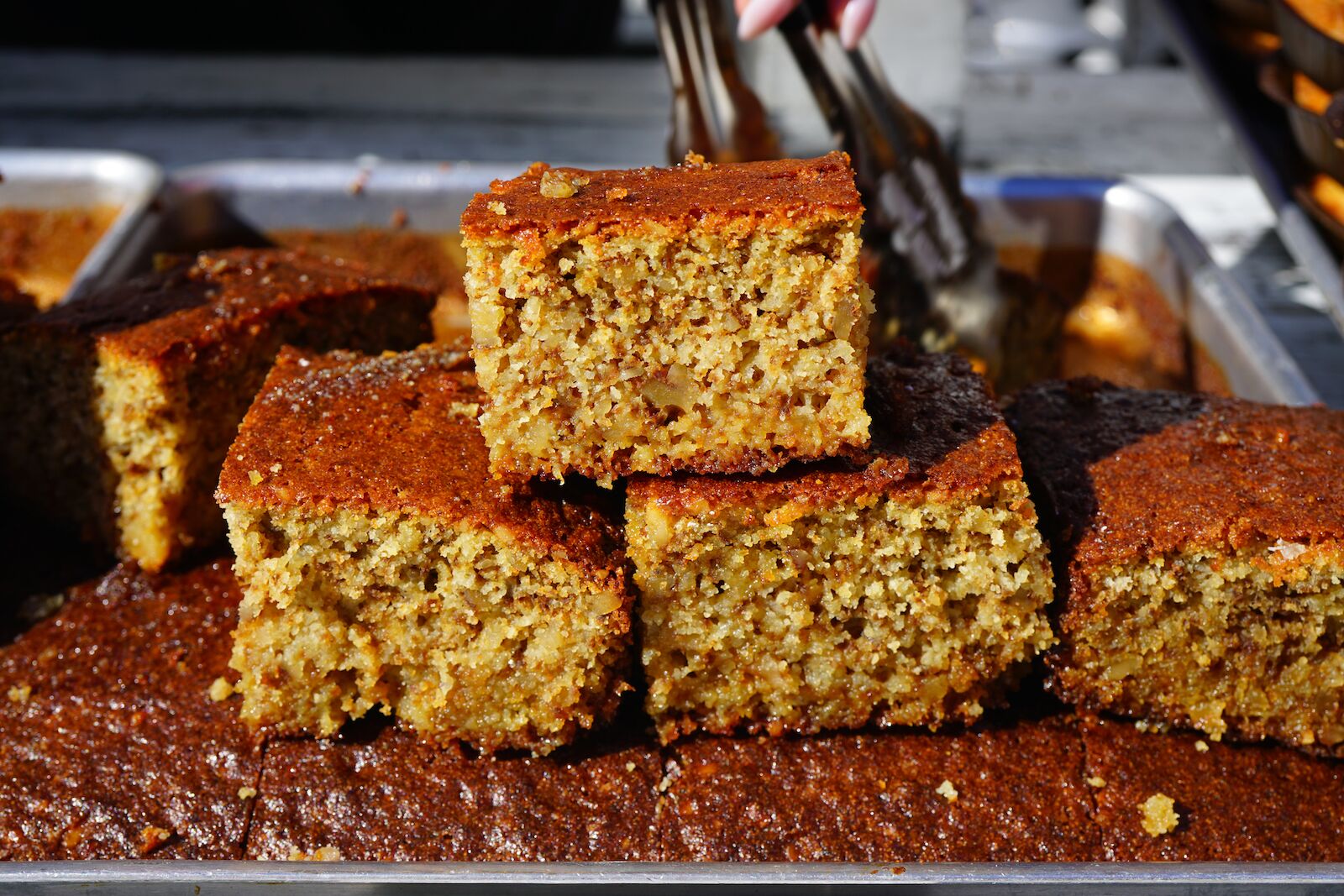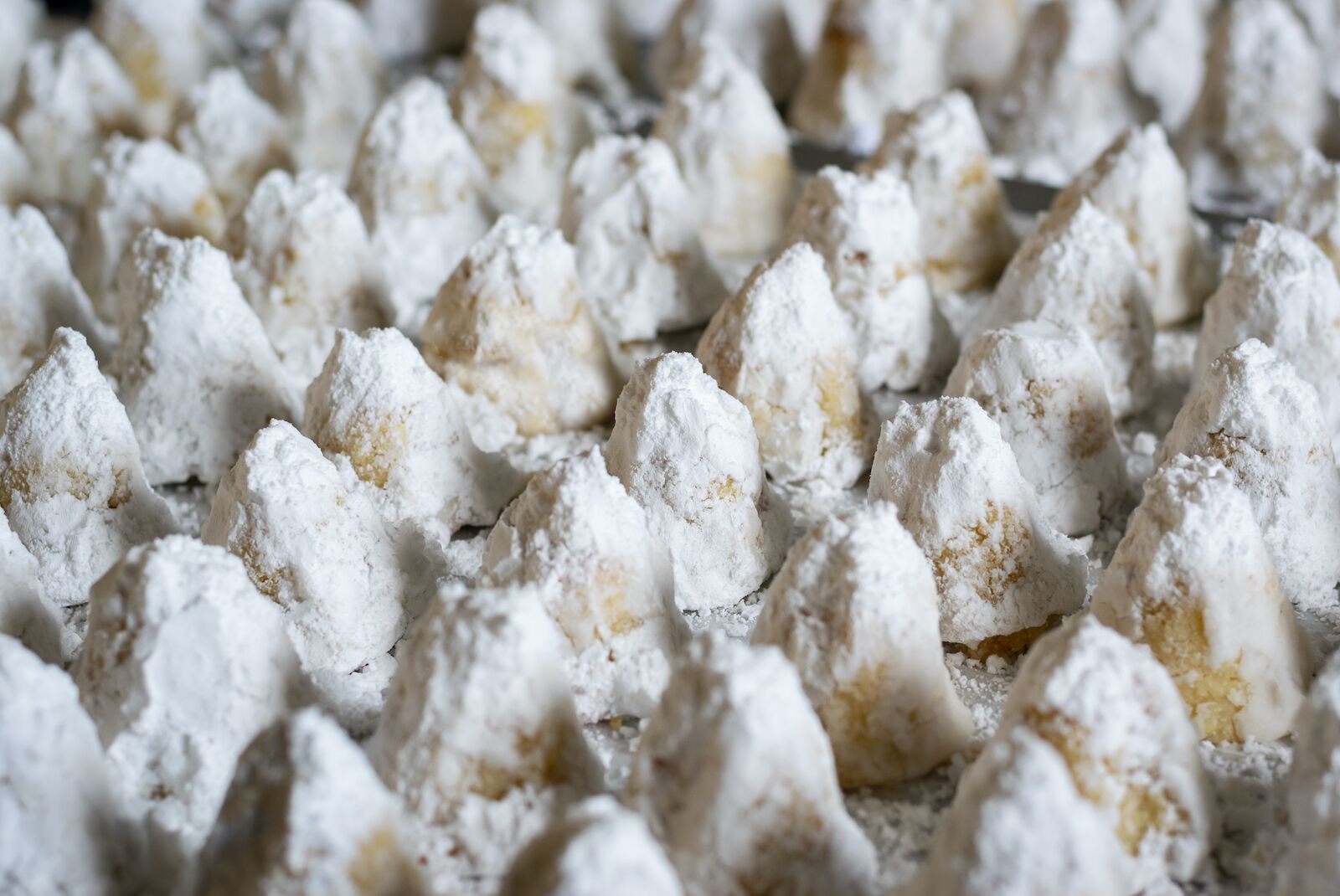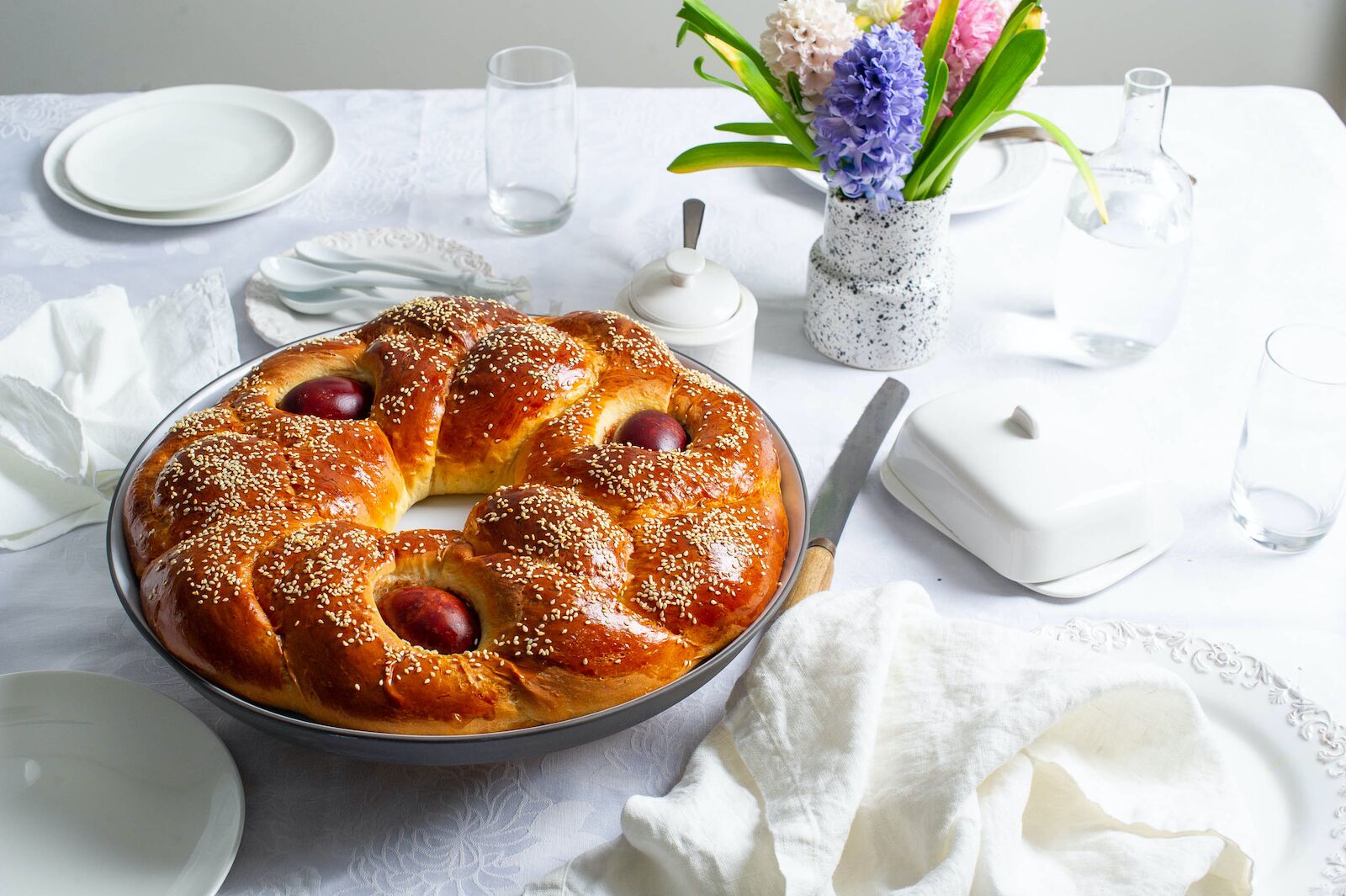When it comes to Greek desserts, baklava is one of the most, if not the most, famous. The history of baklava isn’t well documented — Turkey and multiple countries in the Balkans, North Africa, and the Middle East also all have claims to the dessert, and 2006 saw a “Baklava Conflict” with Greeks and Turks fighting for the right to claim it as their own. Though baklava is tasty and deserves attention, there are many Greek desserts that are just as deserving. In fact, many of those same desserts are eaten in Greece even more than baklava. There are so many Greek dishes that incorporate and nuts that are just as delicious as baklava but less well-known.
These are the 10 Greek desserts that you need to try that aren’t baklava, whether it’s on the Greek islands themselves, or at your local Greek deli.

